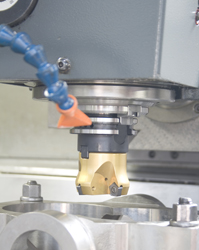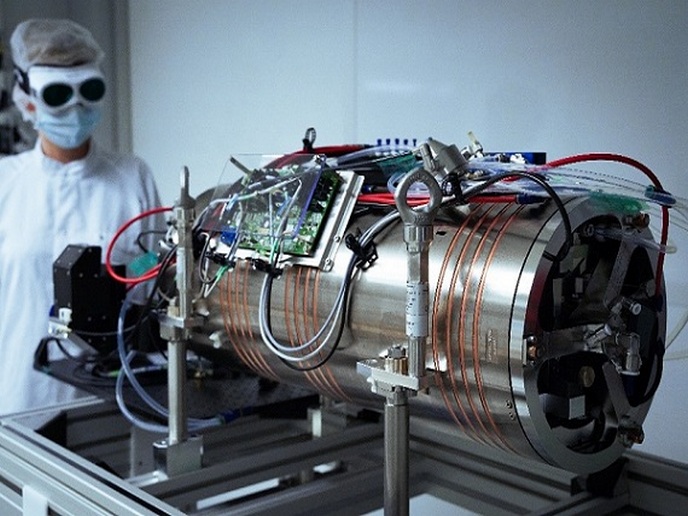Low production costs for high-precision parts
Demand for high-precision stainless steel parts with ever-superior performance parameters cannot be met with current machining technologies. In addition, similar inability to cut production and thus final product costs have resulted in an increase in the high-precision machining market share of low-labour–cost countries. European researchers sought to develop novel technology for flexible production of high-precision stainless steel parts by integrating two processes in one machine. Via funding for the ‘Turn and finish - development of a combined hard turning and superfinishing technology’ (TAF) project, scientists set out to reduce non-productive times and thus greatly enhance productivity. Hard turning is a cutting and shaping process that relies on the use of a single-point cutting tool, typically a lathe, to cut and shape ‘hard’ materials like stainless steel. Superfinishing is the very fine honing or polishing of a metal surface using abrasive stones. TAF scientists developed a combined process designed to reduce production time and inhalation of hazardous oil mists used for lubrication. They tested the technology at two plants, one already using the hard turning technology and one employing both hard turning and superfinishing but using two different machines. In the first case, the TAF process reduced production time and tool costs by approximately 80 %. In addition, it reliably produced better surface quality than the method previously used by the factory. In the second instance, combining hard turning and superfinishing in one step resulted in an approximate 75 % reduction in production time while tool costs were comparable. TAF project aims were successfully reached, demonstrating tremendous reductions in production time that should directly relate to decreased costs. Implementation of the TAF system has the potential to stimulate the EU precision machining industry, enabling it to gain back a significant portion of the market share lost in recent years to low-labour–cost countries.







